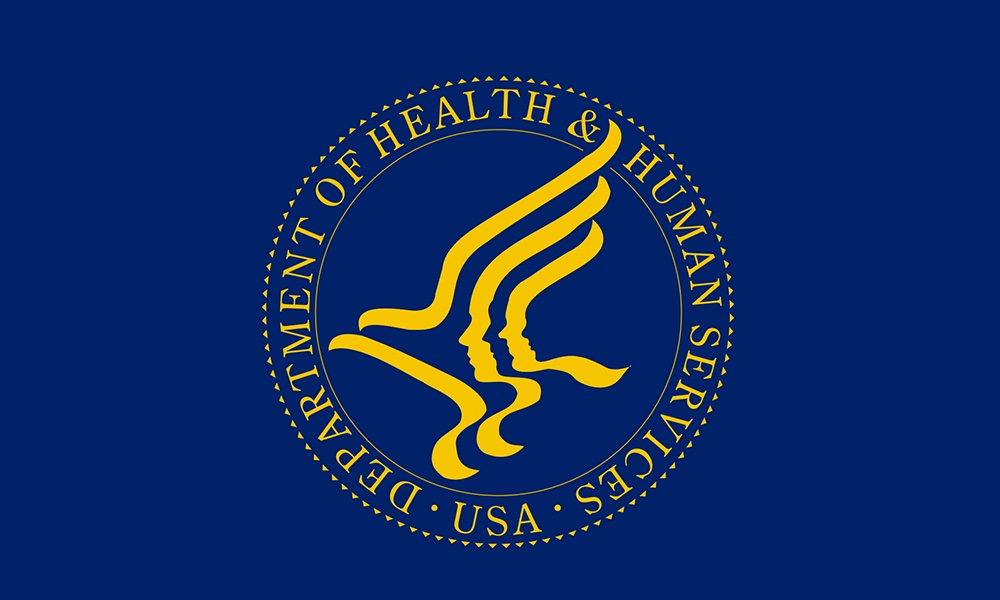Heart disease remains the leading cause of death in the U.S. Medical screening tests can detect early warning signs, but many people don't take advantage of these preventive evaluations.
The data supplied by smartphones, Fitbits, and smartwatches that keep track of one's daily steps and heart rate may be a way to close this gap. The readings from these devices can be used to identify individuals at a higher risk for heart problems and encourage them to seek medical help.
A study conducted at the Feinberg School of Medicine at Northwestern University shows that a simple mathematical formula using smartphone data can do the job by calculating a person's heart rate at each step.The Daily Heart Rate Per Step metric provides an overall sense of the user's heart efficiency.
The DHRPS metric revealed that folks whose trackers showed their hearts were working less efficiently — as indicated by their heart rate — were more likely to suffer from diseases such as hypertension, heart failure, stroke, coronary atherosclerosis and myocardial infraction.
“You're just going to have to do a tiny bit of math,” Zhanlin Chen, a third-year medical student at the Feinberg School of Medicine at Northwestern University and lead author of the study, said in a press release. “[The Daily Heart Rate Per Step] is a measure of inefficiency. It looks at how badly your heart is doing,” he added.
The size of the study was impressive: Fitbit data from 7,000 Smartwatch users was mapped against their electronic medical records by several Northwestern Feinberg faculty physicians. The data reflected 5.8 million person-days and 51 billion steps taken.
The DHRPS metric does not measure heart rates during exercise, but instead provides an overall sense of the user's heart efficiency. Chen said that a simple way to grasp the value of the new metric is to compare two hypothetical individuals. For instance, let's say Joe and Bob both averaged 10,000 steps a day. While Joe had an average daily resting heart rate of 80 (which is in the middle of the healthy range), Bob's daily resting heart rate was 120. The metric shows that Bob is more likely to be prone to various cardiac diseases.
There's a lot you can do if you find that your resting heart rate isn't in the healthy range. The American Heart Association suggests:The readings from smartphones and activity trackers can be used to identify individuals at a higher risk for heart problems and encourage them to seek treatment.
- Exercise regularly. Guidelines recommend including at least 150 minutes of moderate-intensity aerobic activity or 75 minutes of vigorous-intensity aerobic activity per week. But short bursts of intense exertion work well, too. So do moderate- to high-intensity muscle-strengthening activities (like resistance training or weightlifting) at least two days per week.
- Use relaxation techniques, such as deep breathing, meditation and yoga to reduce stress.
- Get between 7 and 9 hours of sleep each night.
- Eat a heart-healthy diet rich in fruits, vegetables, whole grains, lean protein and healthy fats.
- Limit caffeine and alcohol and don't smoke.
- Maintain a healthy weight.
- Stay hydrated by drinking plenty of water throughout the day.
The study is published in JAHA, the Journal of the American Heart Association.





